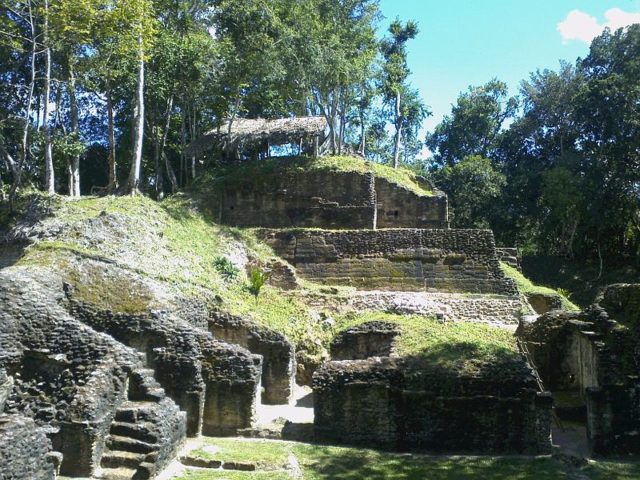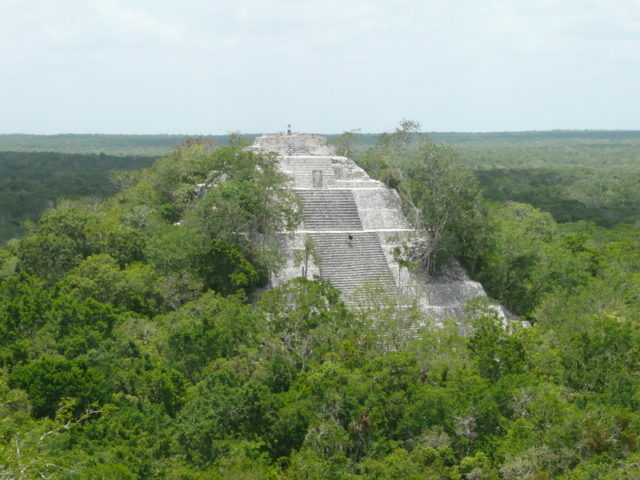The ancient ruins of Holmul lie 300 miles north of what is now Guatemala City, Guatemala, yielding vestiges for modern archeologists of a Mayan civilization that declined between the 8th and 9th centuries.
The recent unearthing of two tombs beneath separate pyramids at Holmul have provided new insights into the Kaanul or “snake kings” – a mysterious Mayan dynasty named so for their snakehead family emblem.

The Kaanul is believed to have ruled an area 100 miles north of the discovered tombs. Researchers date the tombs between 650 and 700 AD. Found beneath a pyramid built around an older structure, the first tomb held the remains of a middle-aged person with jade inlays in their teeth – a sign that the person was likely to be Mayan royalty. Researcher Francisco Estrada-Belli told The Guardian about an incredibly rare find of an inscribed tibia bone on the skeleton, however, the inscription is too eroded to read. Epigraphy expert Alexandre Tokovinine explained to Mail Online, “’It used to have at least two columns of text, but now only a section of one column is visible. I have been unable to tease much out of it, although one never loses hope.” Along with the skeleton, ceramics and other objects made of shell, jade, obsidian, and human bone, were found.
The other tomb was located at a different pyramid with two chambers that probably once served as palace rooms. Inside the tomb was the skeleton of a second middle-aged person. Researchers also discovered a masonry bench, ceramics, and jade. However, the most intriguing artifact found was a necklace that experts believe belonged to “a holy Kaanul lord” as part of a larger set. A jade object on the necklace is inscribed on the back side with the name of Yuknoom Uti Chaan, a “snake-king” of Kaanul. According to Tokovinine, “one of the characters in the name is tricky because the carver conflated at least two signs into one. So the name could be Yuknoom Ti Chan, but it could also be something else that begins with Yuknoom and ends with Chan. This is all rather typical for epigraphy.”

Researchers emphasize the importance of the necklace since such objects were sacrosanct to their owners. The fact that the necklace was given away is in itself telling, but what is also revealing is that there must have been a special relationship between a powerful Kaanul ruler in Quintana Roo, Mexico, and his vassal at Holmul in Guatemala, Mail Online reported.
The necklace is believed to have belonged to a snake king of a different city called Dzibanche, now located in Mexico. The Kaanul probably battled with nearby kingdoms like Holmul to dominate ancient Mayan civilization 1,500 years ago.

The dynasty ruled from Calakmul in Mexico during the Late Classic period, and the final snake king presumably ruled from Dzibanche.
Read another story from us: Strange skeleton found in Mexico’s ancient ruins – jewels in her teeth
Estrada-Belli and fellow researchers at Holmul assert that there is a multitude of ancient discoveries to be made in the area with the help of new technologies.
